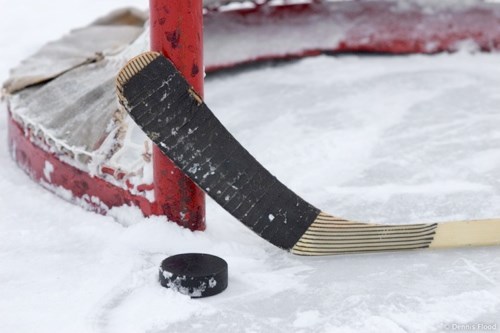Two years after its creation, the Saskatchewan Prairie Hockey League is going strong.
When the league first started it was a four-team league that included Battleford, Saulteaux, Maymont and Radisson. Last season, Cut Knife, Perdue, Glaslyn and Hafford joined the league doubling the size in just one year.
That eight-team league will operate the same way for the 2012-13 season, but with one new team in the mix.
Saulteaux was suspended for the remainder of the 2011-12 season for outstanding fines and other issues, and they will not be back next season. No representative from Saulteaux was present at the SPHL annual general meeting to pay the fines.
Fortunately the SPHL has already found a team to fill the eighth spot on the schedule. Spiritwood will join the league and has removed its team from the North Saskatchewan River Hockey League. Spiritwood becomes the third centre to, at one point, play in the NSRHL and later join the SPHL. Maymont and Cut Knife are the other former NSRHL teams.
Also discussed at the AGM April 20 was the ratio of special class players, meaning players who played higher levels of hockey. The previous rules were that each team could have up to five with a ratio of older and younger players. Now that has been reduced to three special class players with no ratio to consider, but there will be an exception four players. Those four players are Martin Smith and Todd Heck of Battleford, Jason Lloyd of Cut Knife and Clark McNulty of Perdue.
The league stated that, "Each player was recognized for their contribution in growing and achieving success, stability and credibility for the league."
The pre-season fall meeting will be held in September, but for now the SPHL looks to be healthy, competitive. The league has brought senior hockey back to small towns where fans and players may have thought it would never be possible.

